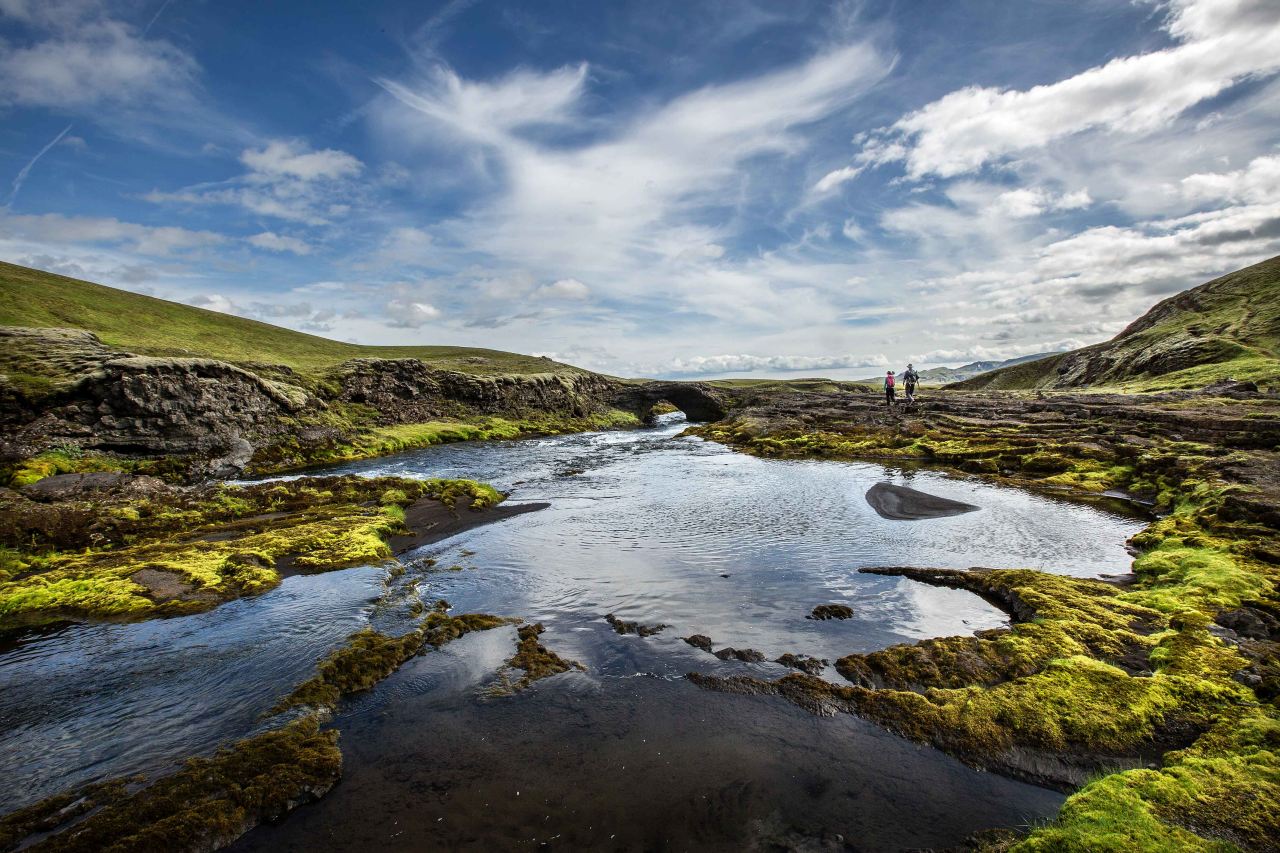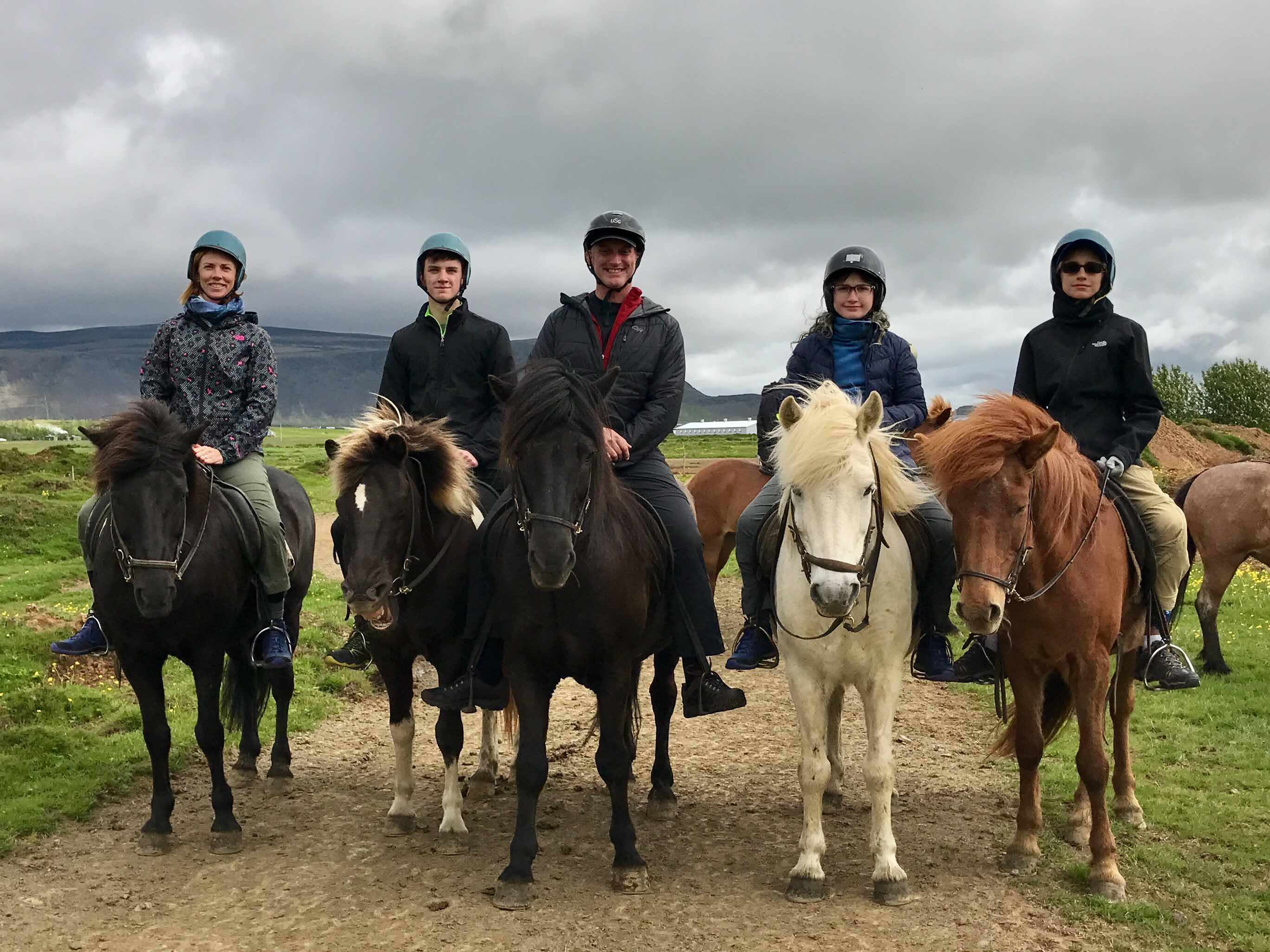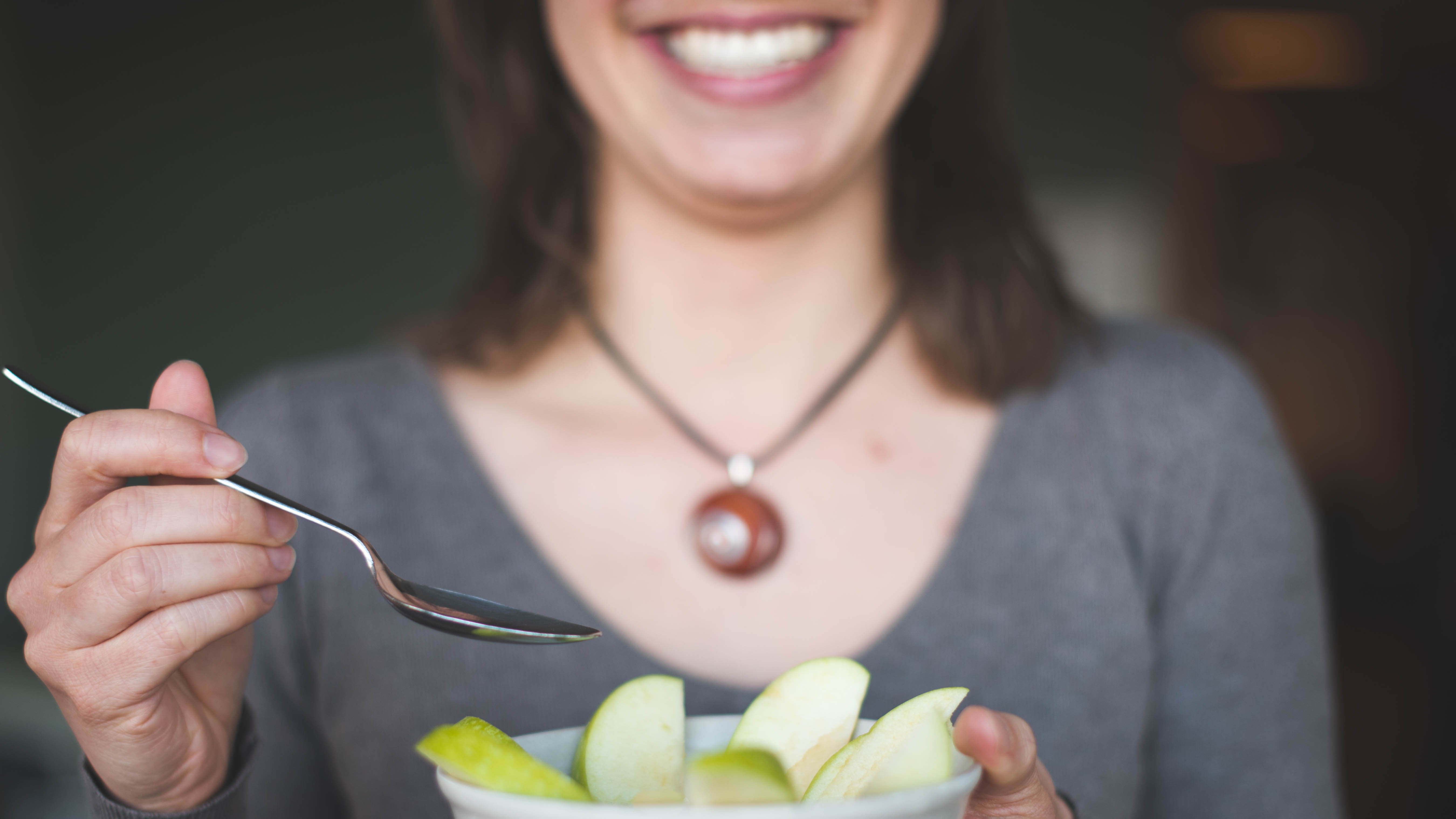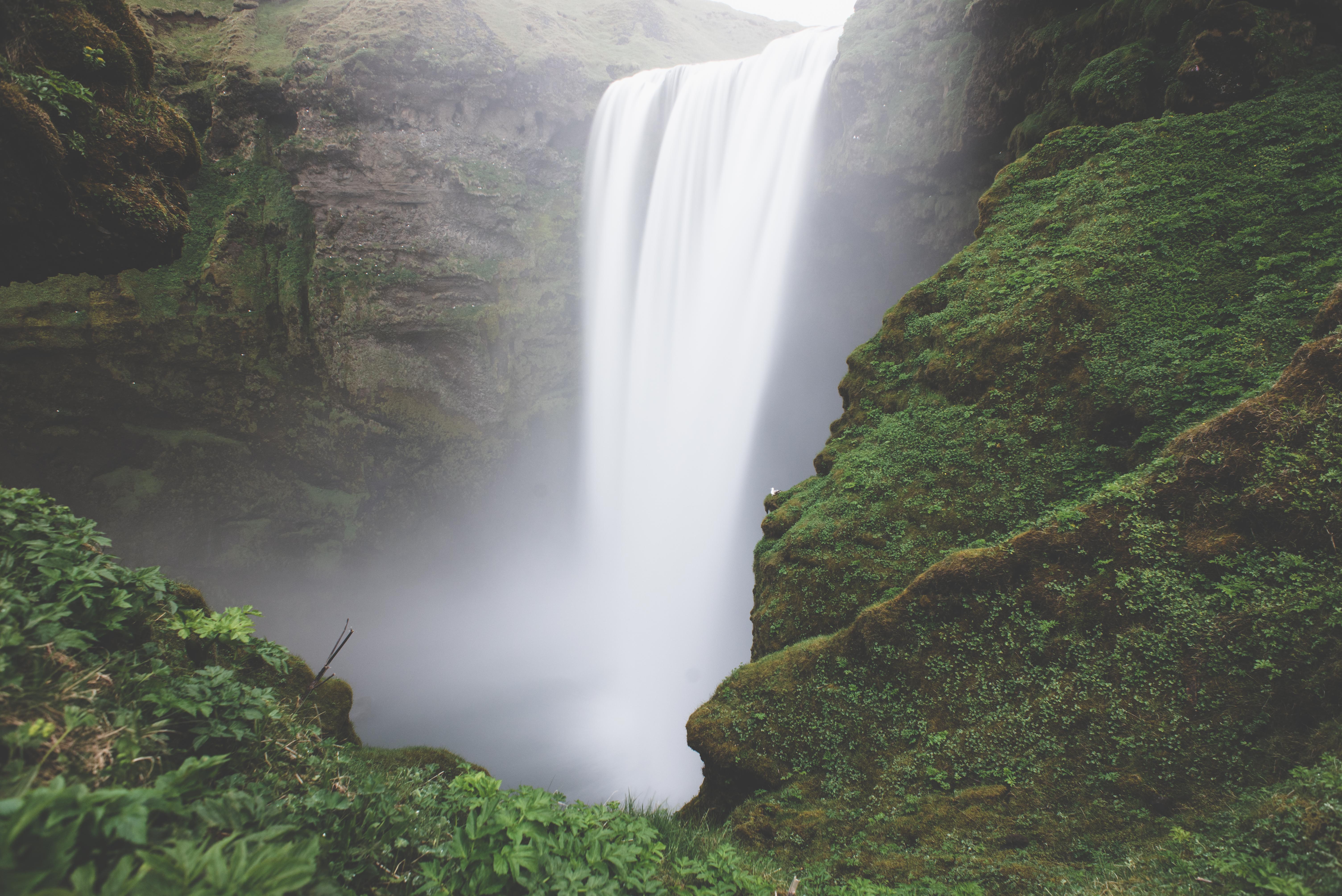Þorri, The Traditional Food Festival and Mens Day
January 19th is the start of þorri, the fourth month of winter in the old norse calendar, running from mid-January until about mid-February.
How did it start? From Sacrifice to Social Occasion
Like many traditions in Iceland, þorri (translates to “frost” in Icelandic”) has pagan origins. It all starts with the Orkneyinga saga, which deals with a range of topics in what is now mostly Scandinavia but also more broadly Nordic countries in general. Therein, it is outlined that the Kvens (an ethnic minority of Finnish peasants living in Norway) offer a yearly sacrifice to þorri, likely related to Thor, the god of thunder, at mid-winter. This sacrifice was known as þorrablót.
Fast forward to the 19th century, and the pagan/norse practice and sacrifice of þorrablót had disappeared centuries ago, but re-emerged. Fast forward even further to the 1960s and what started off as a annual ritualistic sacrifice now begins with eating Þorramatur, the consumption of a selection of traditional foods. Restaurants serve selections of þorri and it is available in restaurants also. Þorrablót take place all over the country, and are gatherings of friend and family.
Þorramatur
Food has to be preserved. This is true everywhere, and before modern technology, a common method of preservation was to salt food. The Icelanders were more creative, and all of the Þorramatur foods are either fermented, salted, hung or smoked so that they may keep for the winter. The foods themselves range form the weird to the weirder. Here is a short list of the very strangest.
Fermented Shark: Hákarl
Sharks don’t have kidneys, this means that all of the things that kidneys usually filter out of the blood simply build up in the flesh of a shark. Historically, it was necessary for families to urinate on the shark flesh; this treated the flesh and made it edible, converting the ammonium to ammonia, giving it characteristic smell.
It is still produced, but the old methods have been done away with, that is to say, it is no longer urinated on. The next step is to bury the shark for up to 6 months. What emerges is edible shark. It is often served with Icelandic Brennevin or Black Death schnapps, it really does helps to get it all down!
Make no mistake, it is still consumed with gusto by many icelanders, especially older Icelander, some of which may have been raised on the stuff!
Súrir hrútspungar - Sour ram's testicles
A last resort, eaten only if there was almost no other food left. The testicles are soured, that is to say, treated and exposed to acid in order to bring about a chemical change. They are usually soured with whey which contains lactic acid.
Blóðmör/Slátur
The Scottish call it Haggis, the English call it black pudding. Blóðmör is similar to both, but closer to black pudding. In Icelandic, it translates to “blood sausage”, and if you asked us to describe the taste, we might have some trouble. Unsurprisingly, its very rich in iron and makes a nice element to a cooked breakfast.
Slátur is very similar to Blóðmör, but it is made from liver rather than blood, sheep’s liver. It’s worth trying too, all of this food is; which one will you prefer?
What About Men’s day?
Also in the first month of þorri is mens day, known in Icelandic as Bóndadagur is the day that women give small gifts to themes in their lives. According to a humorous reference by Jón Árnason dating back to 1861, farmers should put on only one trouser leg, hope around the outside of their houses and call open others to join him in a feast at the farmhouse and helping to usher in þorri.
Come and try some þorramatur for yourself!
Whether you are in Iceland during þorri or not, you can always try some of the þorri (like the shark) and range of other much more tasty dishes on the Reykjavik by Food tour.
If you want to throw some Northern Lights in there along with some sumptuous meals and Iceland’s finest and newest cooking, as well as some natural spectacles, join us on the Golden Circle and Magical Nights tour where we will take you to geothermal farms and show how Iceland utilises renewable energy to grow vegetables in near-arctic temperatures.







